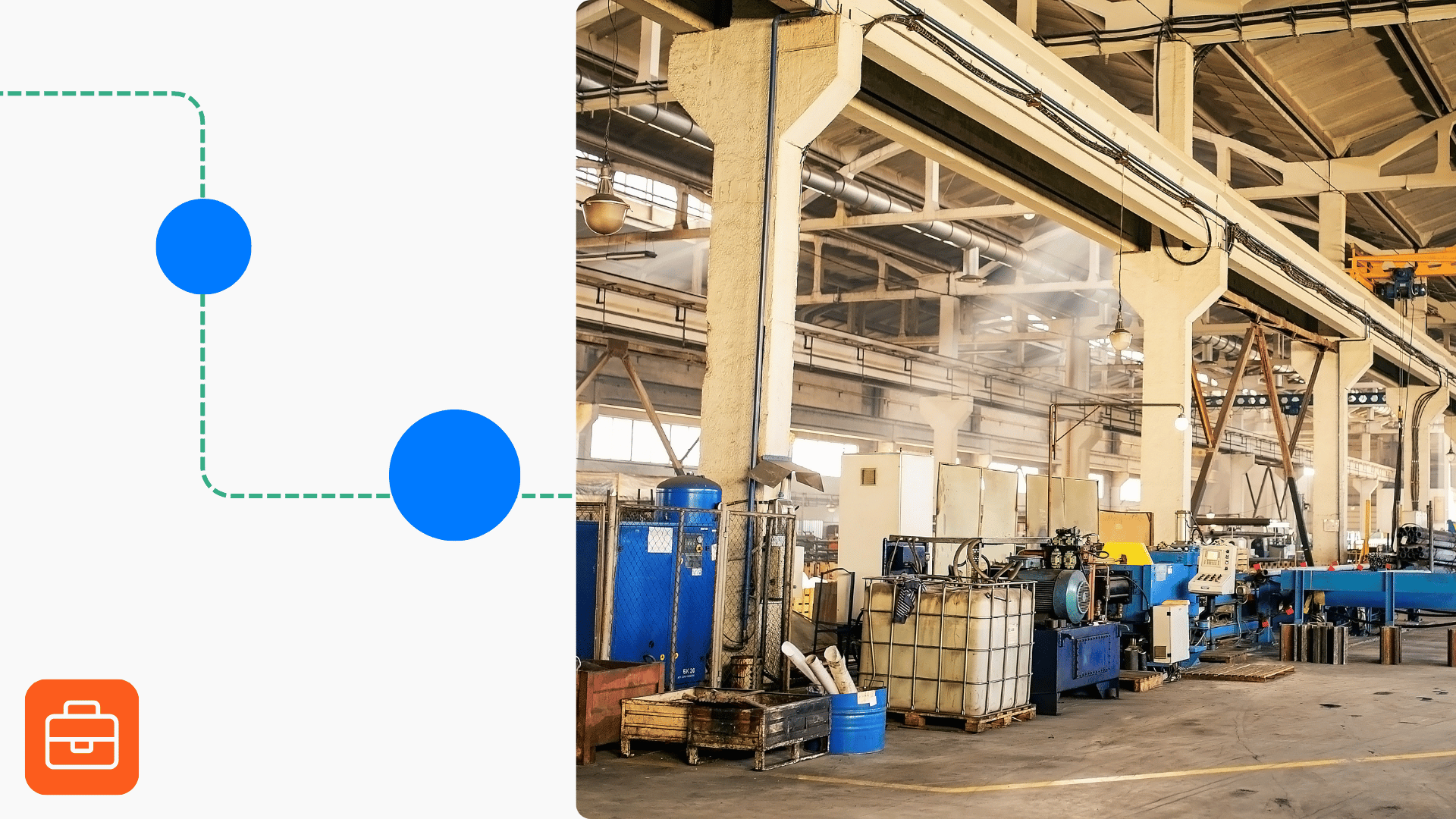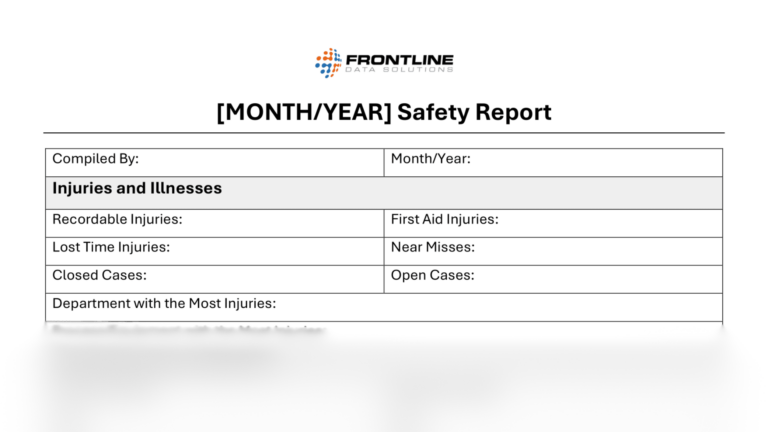If you’ve recently been hired or asked to manage the EHS performance of multiple locations, you might feel overwhelmed. The responsibility of managing multiple locations can be very stressful and a lot to handle for one person.
From my experience, however, there are many ways to simplify your approach and eliminate unpredictability. In fact, if you set your EHS program up for success, managing multiple locations can be very exciting and fun.
In this post, I’ll cover the minimum elements you’ll need to successfully manage more than one site, including:
- A mature and developed safety program with a strong culture
- Unwavering support from upper management
- A “safety champion” at each location
- Accountability at all levels
- Modern management tools
If you don’t have all of these in place, it can be difficult (not impossible) to succeed. Most of these are non-negotiable, so keep reading to see how they fit into multi-site EHS management.
Mature and developed safety program
If you’re the only EHS professional onsite and your program is new, then it will be fairly difficult to manage multiple locations. Just for some reference, I’d consider any program that’s 10 years or younger to be very new.
I am not saying it’s impossible to succeed, but you definitely need all the other elements in this list to make it happen. Ideally, your program should already be well established, and employees at each location should clearly understand their responsibility to uphold safety procedures.
This is a critical component of any EHS program—that workers understand personal accountability for their safety. While new-hire orientation should cover safety requirements in detail, it takes ongoing enforcement and reminders to ensure that workers remain aware.
Consider this as a vision for the safety culture you want within your facilities:
No one should be able to walk into the site, violate a safety policy, and NOT be corrected.
While disciplinary action should come from the EHS managers or specialists, workers should feel comfortable giving each other feedback.
The site manager or CEO (if applicable) should also feel comfortable providing helpful feedback to workers, which will make the culture stronger in the long run. I specifically remember working at a company where the shop employees would be comfortable correcting the CEO (of a very large global organization) on safety policies.
Good leaders should expect employees to correct them if they forget to follow a safety procedure. I’ve also seen cases where the CEO deliberately violates the policy (even after correction by employees).
All I can say is that having the mentality that the safety guidelines don’t apply to you is an easy way to tank the culture at your locations.
Unwavering support from upper management
There are many times when upper management says they are fully supportive of EHS initiatives, only to backtrack that support when real need arises.
When managing multiple locations, you need the full support of upper leadership to ensure the success of your EHS program even if you’re not onsite.
For example, you may have to come to leaders and say:
“We need to standardize the processes in this area, train our employees to understand those processes, and perform risk assessments. This will take some time away from production initially but will ultimately reduce risk in the department.”
Upper management needs to understand that initial indirect expenses are worth later returns, despite an initiative feeling like a burden at first.
There is a “within reason” mentality for all upper management, and that’s understandable. However, there should never be a reason that leaders are okay with taking safety or environmental risks.
If you’re making improvements for employees, it should be a red flag to get stern pushback on your recommendations. Those decisions should be a collective effort of all site leaders, in my opinion. They should come from the entire team—not just you.
Safety champion at every location when managing multiple locations
This part is vital for the successful management of multiple sites. Simply put, there needs to be at least one person at every location that you can count on to help with the day-to-day EHS needs of the facility.
You won’t have time to handle things like ordering PPE at every location while managing the larger tasks. I recommend you select a person who volunteers to be the safety champion.
This approach helps ensure that employees remain engaged in helping you accomplish tasks. They should not be expected to complete every site responsibility on their own. Instead, their role is to oversee and confirm that the individuals responsible successfully complete those tasks.
Don’t worry—you shouldn’t have to micromanage these safety champions to catch up on things like samples, inspections, action items, and more.
Accountability at all levels
Creating accountability coincides with having full support from upper management. There must be accountability regarding EHS at all levels, or the whole system is exposed to greater risk.
That’s because personal safety is such a major factor in safety incident probabilities. And you need the culture to support and encourage personal safety.
If EHS projects go unfinished, your team should be accountable to site leadership. And if site leadership is actively preventing projects from moving forward, there needs to be a two-way feedback system.
For instance, I previously put scorecards into practice for the locations I was managing to track the KPI’s for each site. Every month, the safety champions and upper leaders would review the scorecards.
If there were any deficiencies, we developed an action plan to ensure that the KPI’s were met the next month. Any locations that repeatedly failed to meet target scores on KPI’s were coached as necessary.
Modern management tools
Lastly, you’ll need modern management tools and technology to successfully manage multiple locations. If you’re working off spreadsheets and relying on email communications for real time data, you will have your hands full trying to keep track of each site.
If you’re only managing two sites, these outdated systems might work. But you really need a great software system with smooth workflows to effectively oversee the performance of the sites under your care.
And you’ll need a more sophisticated system to help collect and analyze compliance data. Without the help of some management tools, you won’t be able to keep up with regulatory requirements and your company could receive a citation (or more) because of any oversights.
Manage multiple locations easily
Multi-site management is a great experience and should be viewed as such. Just make sure you’re:
- Maturing your program and culture
- Asking for the support you need from both senior leaders and your safety champions
- Ensuring accountability at all levels within your facilities
- Implementing data management systems that simplify compliance and reporting
Overall, I’ve had a lot of fun managing multiple locations. It’s a great opportunity to build relationships with many people and to evolve your professional skills as well. Good luck!

Jason Hathcoat, CSP
Jason is a seasoned EHS professional with more than 20 years of experience working in health and safety. He currently serves as a Senior EHS Leader at Trane Technologies.





